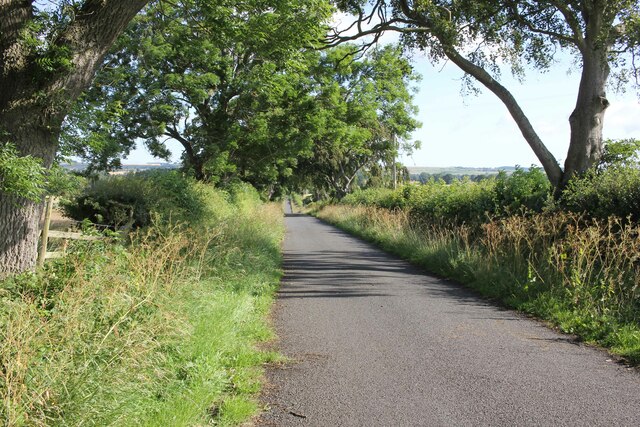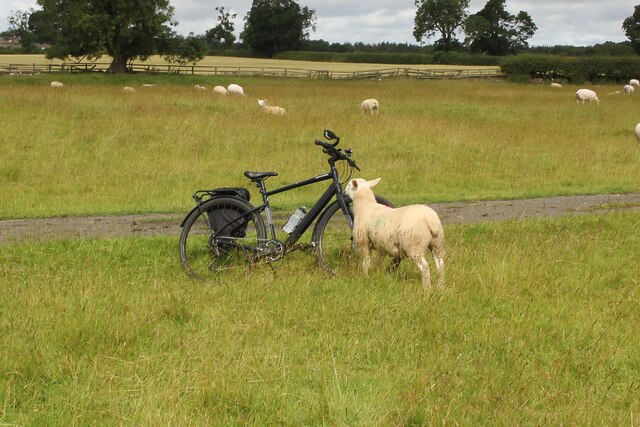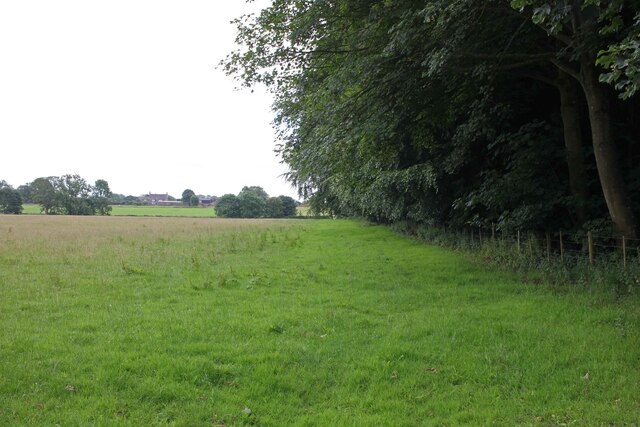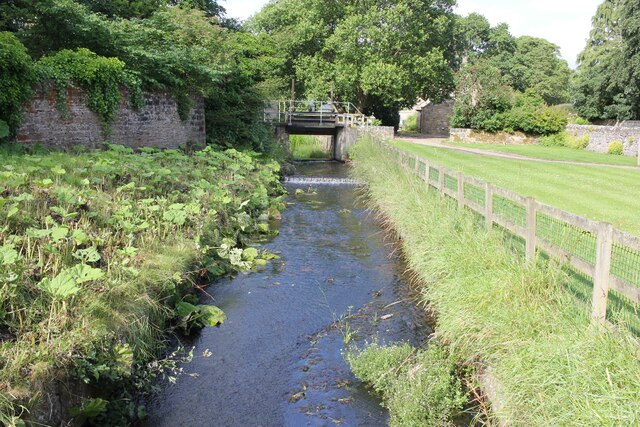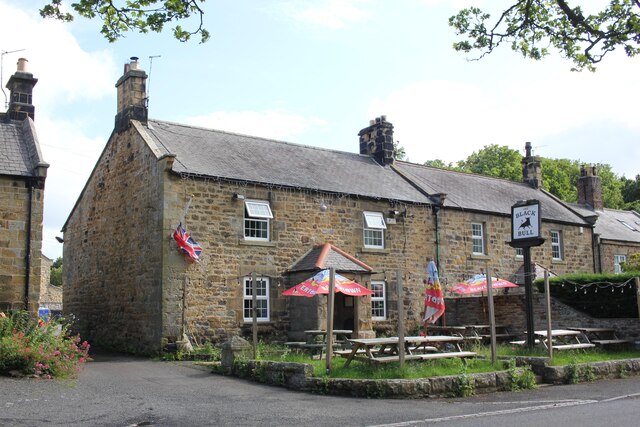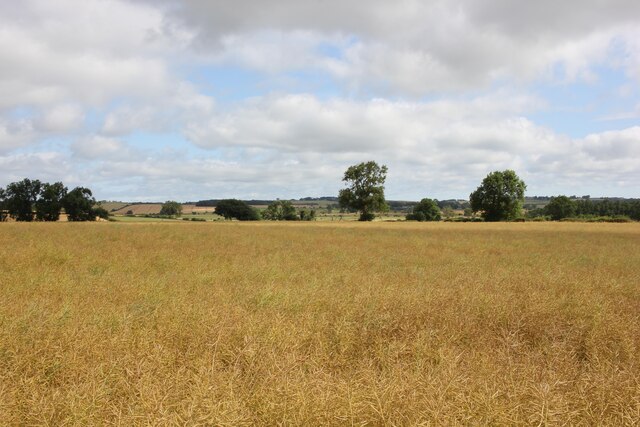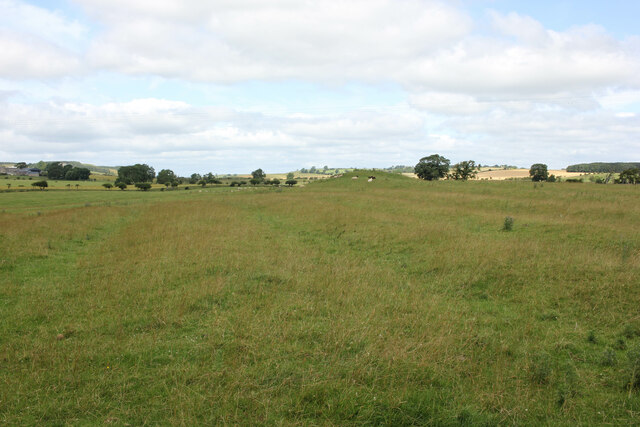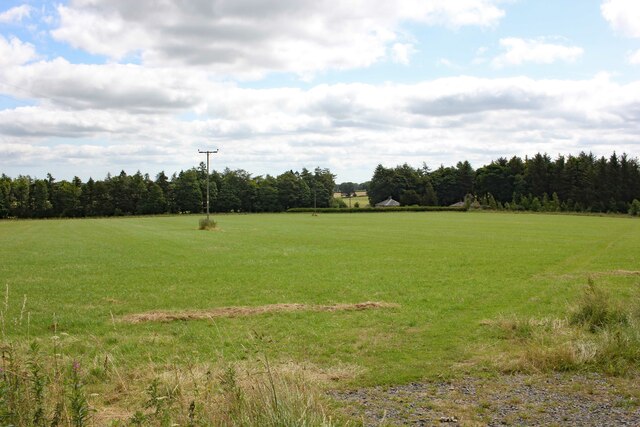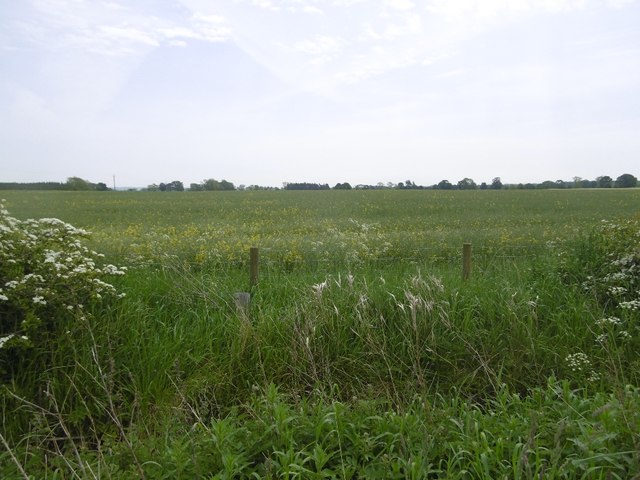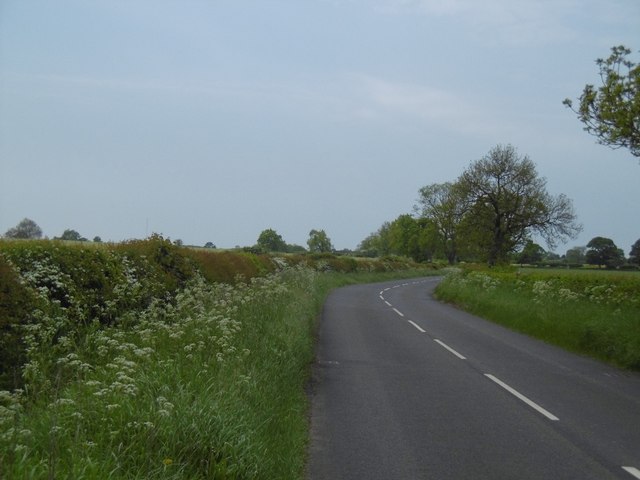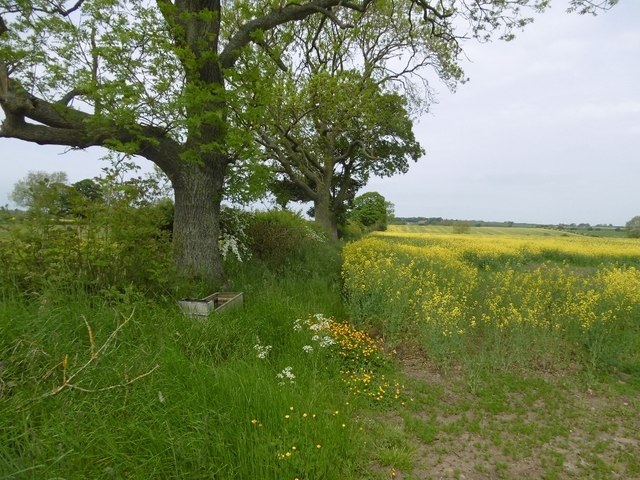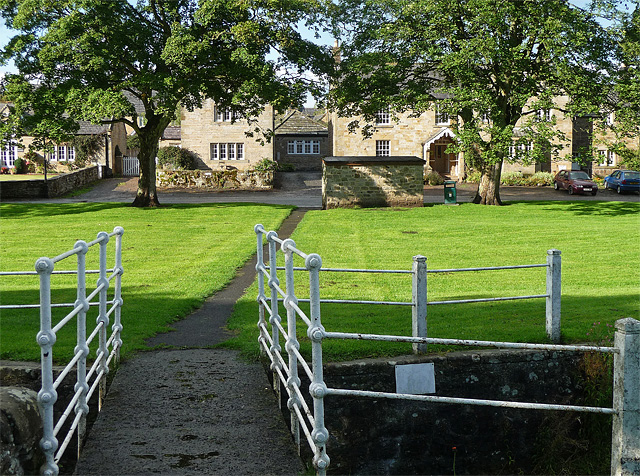Bath Plantation
Wood, Forest in Northumberland
England
Bath Plantation
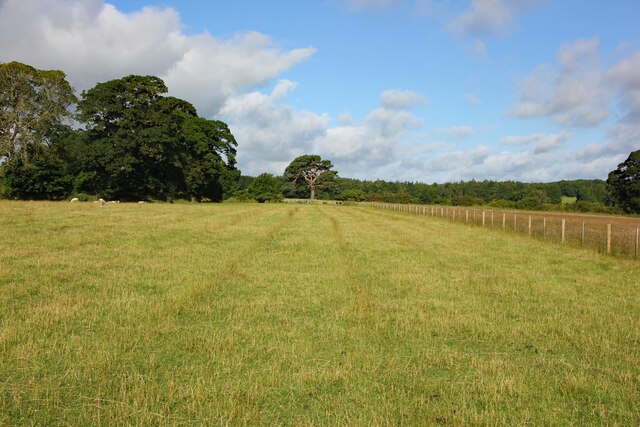
Bath Plantation, located in Northumberland, is a stunning woodland area renowned for its natural beauty and rich biodiversity. Covering a vast expanse, the plantation is an integral part of the local landscape, attracting nature enthusiasts, hikers, and those seeking tranquility in a picturesque setting.
The woodland is predominantly characterized by its dense forest, dominated by tall and majestic trees. These include a variety of species such as oak, beech, and birch, creating a diverse and vibrant ecosystem. The lush undergrowth is home to an array of flora, including bluebells, wild garlic, and ferns, which add to the enchanting atmosphere of the plantation.
Bath Plantation is also notable for its wildlife diversity. The woodland provides a habitat for numerous species of birds, including woodpeckers, owls, and various songbirds. Visitors may also catch glimpses of small mammals like squirrels, rabbits, and foxes, as well as occasional deer sightings.
The plantation offers a network of well-maintained paths and trails, making it an ideal destination for outdoor activities such as walking, jogging, and cycling. The peaceful ambiance provides an opportunity to connect with nature and appreciate the serene surroundings.
Within easy reach of nearby towns and villages, Bath Plantation is a popular destination for day trips and weekend getaways. Its natural beauty, diverse flora and fauna, and accessibility make it an appealing location for nature lovers of all ages.
If you have any feedback on the listing, please let us know in the comments section below.
Bath Plantation Images
Images are sourced within 2km of 55.037778/-1.9435784 or Grid Reference NZ0371. Thanks to Geograph Open Source API. All images are credited.
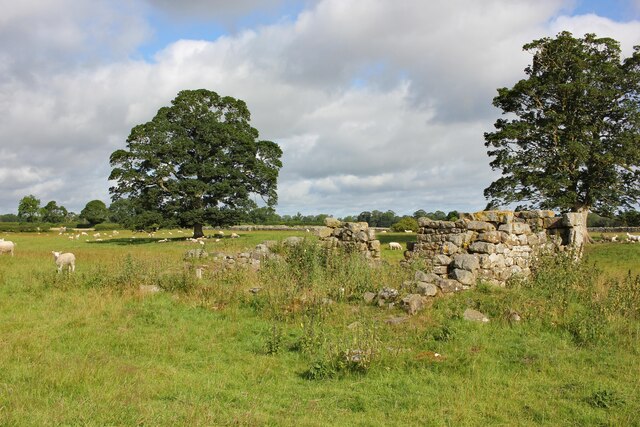
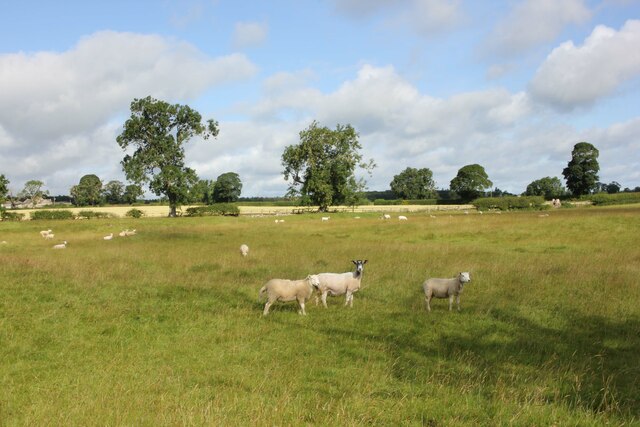
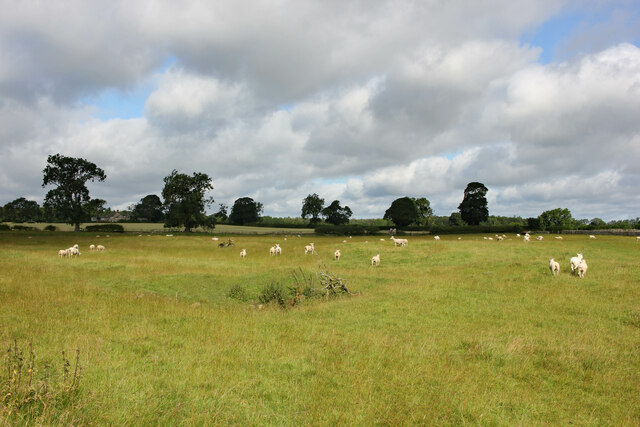
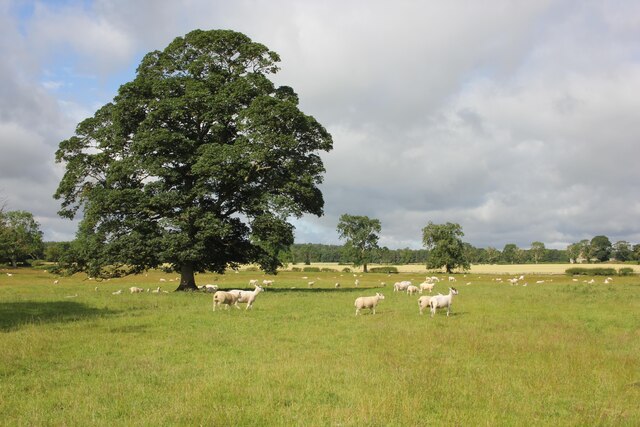
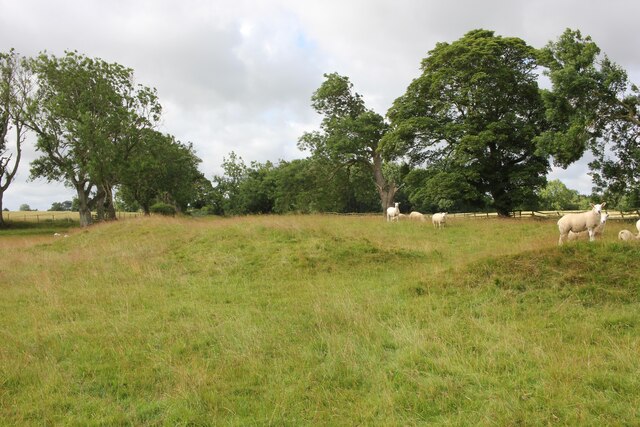
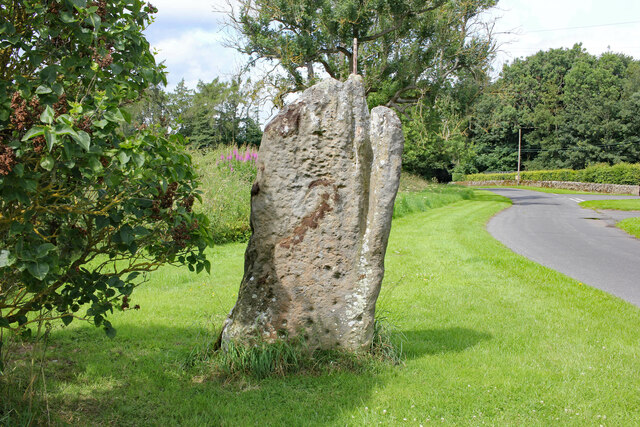
Bath Plantation is located at Grid Ref: NZ0371 (Lat: 55.037778, Lng: -1.9435784)
Unitary Authority: Northumberland
Police Authority: Northumbria
What 3 Words
///culling.unite.evoke. Near Corbridge, Northumberland
Related Wikis
Have you been to Bath Plantation?
Leave your review of Bath Plantation below (or comments, questions and feedback).
